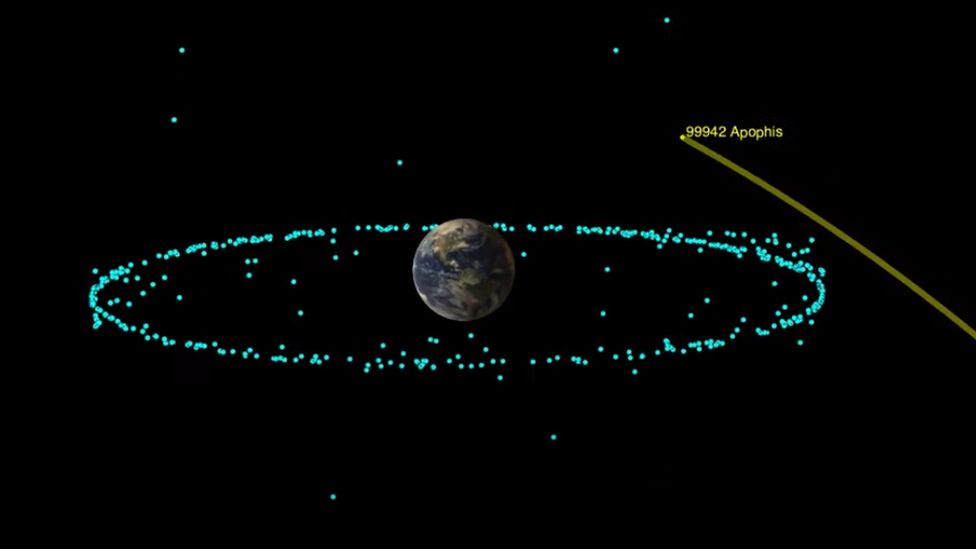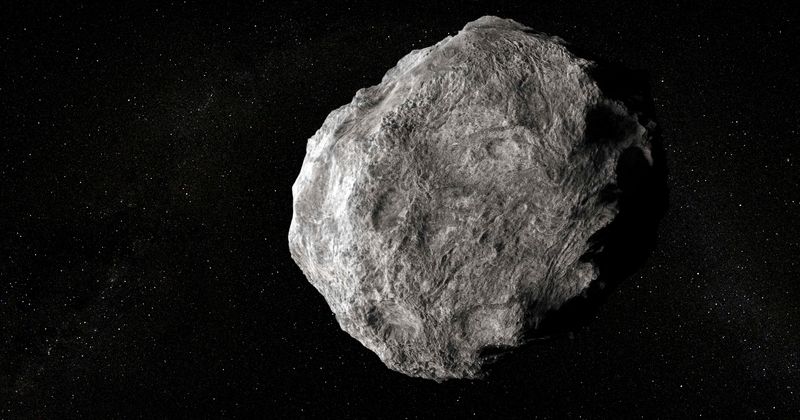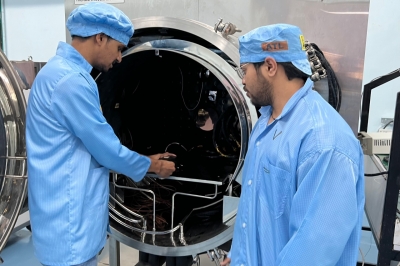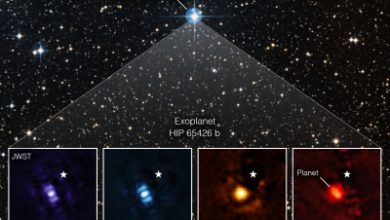Countdown Begins For PSLV-C52/EOS-04 Mission
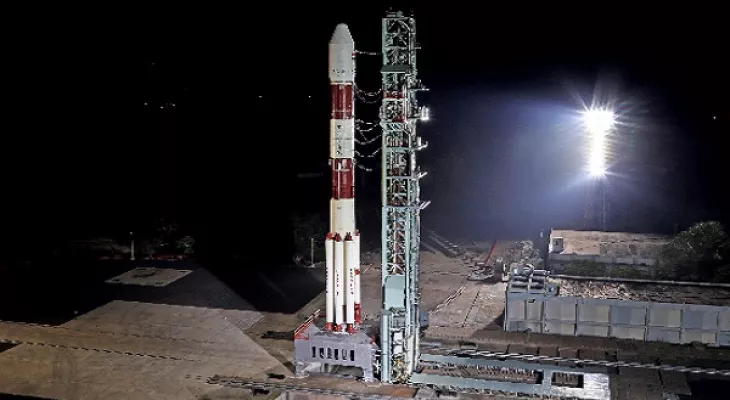
Mobilenews24x7 Bureau
Chennai, Feb 13 : The 25 hours and 30 minute countdown for tomorrow’s launch of PSLV-C52 mission–carrying Earth Observation Satellite EOS-04 and two small satellites–from the spaceport of Sriharikota began early on Sunday morning. The commenced at 0429 hours after the Launch Authorization Board cleared the mission, ISRO sources said. “The countdown process of 25 hours and 30 minutes leading to the launch commenced at 0429 hours today”, ISRO SAID.
During the countdown, propellant filling operations will take place in the four stage vehicle. In its maiden mission of the New year and the first mission under new ISRO Chairman S Somanath, the 44.4 metre tall four-stage vehicle carrying 1,710 kg EOS-04 and two satellites as co-passengers will roar into the skies from the First Launch Pad at 0559 hrs tomorrow. This will be the 54th flight of PSLV and 23rd mission using PSLV-Xl configuration with six PSOM-XLs. About a fight duration of 1,000 seconds from the lift off, EOS-04 will get separated from the launch vehicle–after ignition and separation of all the four stages and strap on motors–and injected into a Sub Synchronous Orbit at an altitude of 529 km with an inclination of 97.514 deg to the equator.
About 100 seconds later, the two co-passenger satellites will get separated and injected into the orbit. The sources said the two small satellites riding piggy-back included one student satellite (INSPIREsat-1) from Indian Institute of Space Science and Technology (IIST) in association with Laboratory of Atmospheric and Space Physics at University of Colorado, Boulder. The other satellite will be a technology demonstrator satellite (INS-2TD) from ISRO, which is a precursor to India-Bhutan Joint Satellite (INS-2B). EOS-04, with a mission life of ten years, is a Radar Imaging Satellite designed to provide high quality images under all weather conditions for applications such as Agriculture, Forestry and Plantations, Soil Moisture and Hydrology and Flood mapping. Collecting earth observation data in C-Band, it complements/supplements the data from Resourcesat, Cartosat series and RISAT-2B series. INS-2TD will be a technology demonstrator satellite from ISRO. Having a thermal imaging camera as its payload, the satellite benefits the assessments of land surface temperature, water surface temperature of wetlands/lakes, delineation of vegetation (crops and forest) and thermal inertia (day/night). INSPIREsat-1 is a student satellite developed by IIST and University of Colorada, USA. Other contributors ae NTU Singapore and NCU Taiwan. Two scientific payloads improve the understanding of ionosphere dynamics and sun’s coronal heating process. The INS-2TD and INSPIResat-1 will have a mission life of six months and one year respectively.


